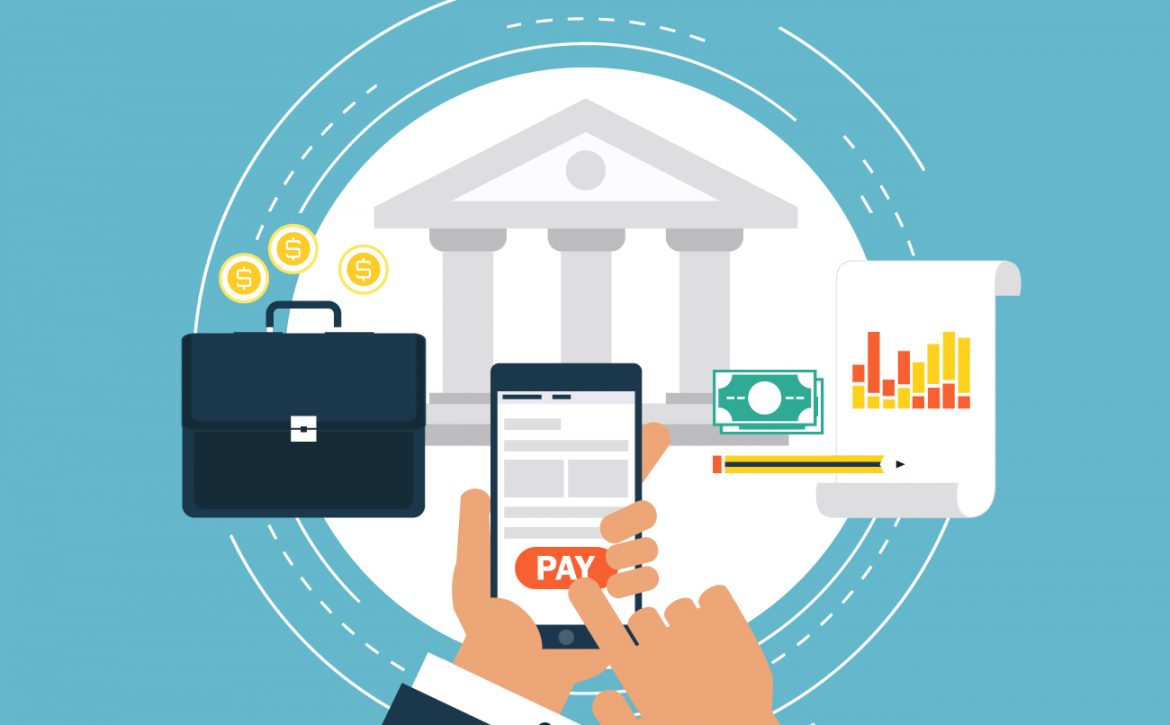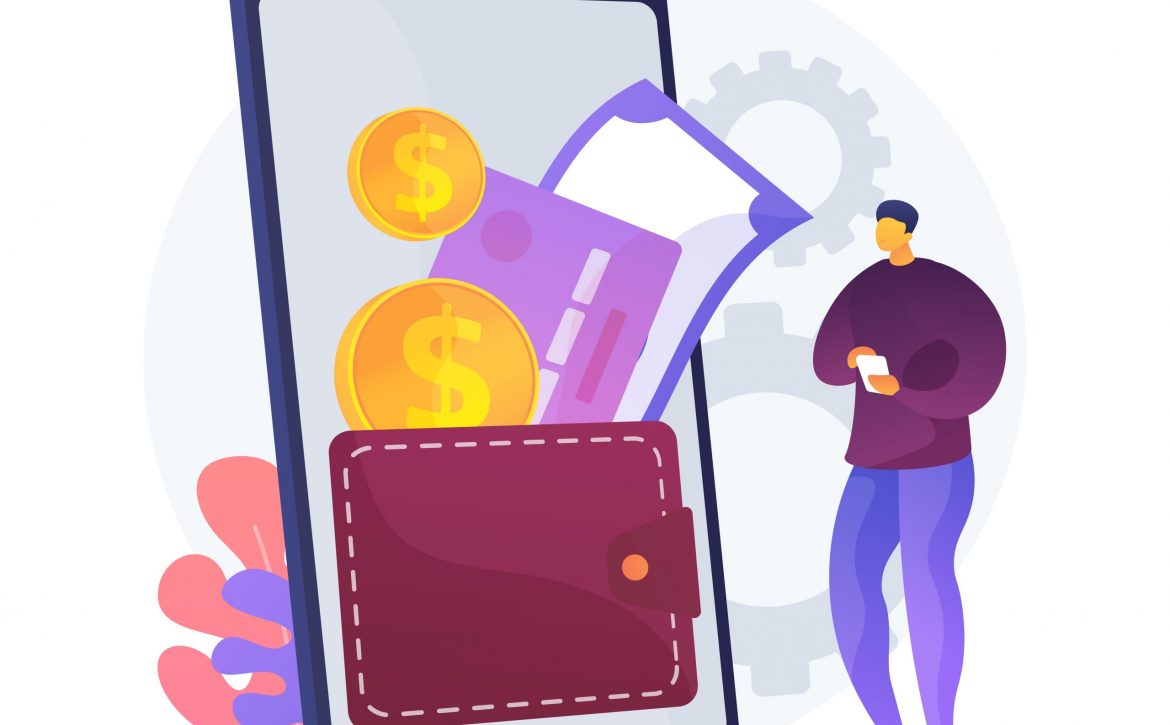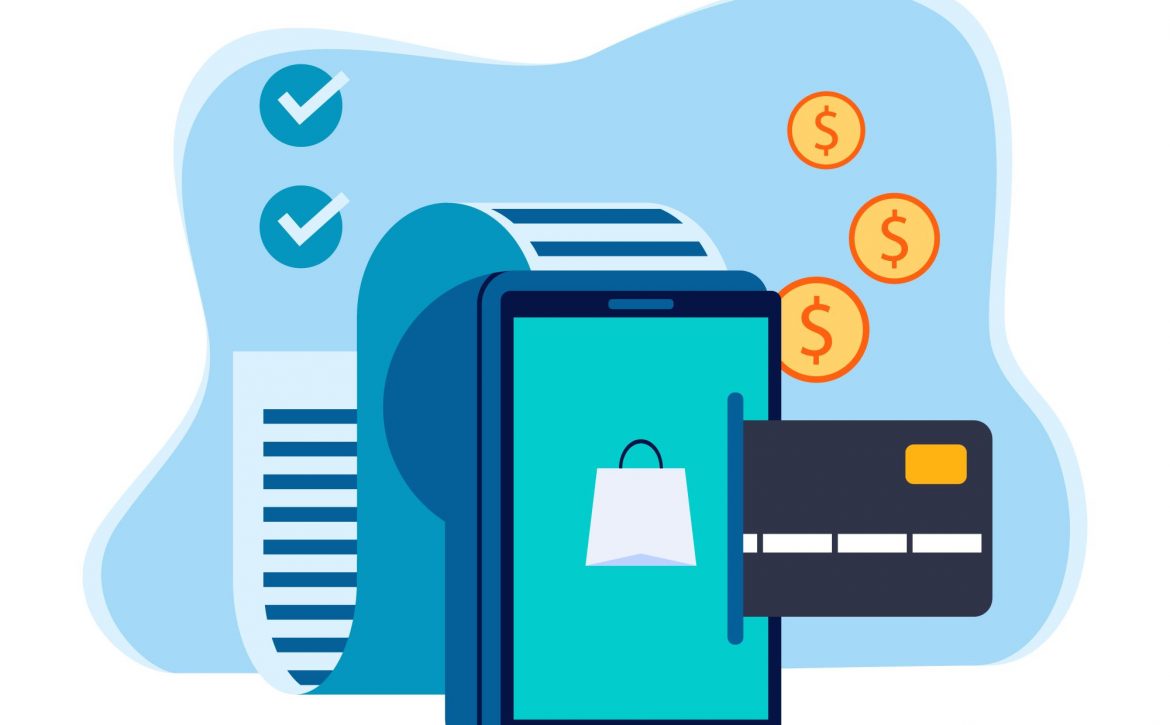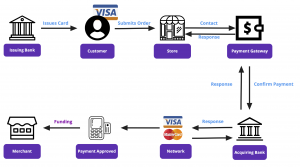What are the new RBI norms with regard to recurring card payments? – All you need to know
Have you recently started receiving mails/SMS from various banks and service providers asking to re-register your e-mandates for automated payments such as OTT, newspaper subscriptions, etc?. This is because of the new RBI guidelines with regard to recurring transactions, coming into force from October 1, 2021.
What are these new RBI norms?
In another step to secure digital transactions via credit/debit card, PPI or UPI, RBI has implemented the new auto debit rules. As per the new norms, all such transactions will have to be further secured with an additional factor of authentication (AFA) – 2-factor authentication. Any transaction, whether domestic or cross-border, using cards, without AFA, would be discontinued.
New rules for Automatic Payments – A Snapshot
Process |
Transaction amount <= INR 5,000 |
Transaction amount > INR 5,000 |
Registration of e-mandate |
A one-time registration process of card, with AFA validation, irrespective of transaction amount | |
Processing of first transaction |
Transaction will be processed, with AFA validation | |
Pre-transaction notification for subsequent transactions |
|
|
Managing of e-mandates |
The issuer to provide online facility to pause/cancel the e-mandate at any point of time, requiring AFA | |
Source: RBI
Further to this, the bank/issuer is required to take additional information such as the validity period of the e-mandate, etc at the time of registration. And if required, the facility to modify the validity period, shall also be provided.
The banks also need to send a post-debit notification to the cardholder, once the auto-debit is processed. And, finally set up a redressal mechanism to address customer grievances related to this.
What will be its impact on payments?
This move is introduced in an attempt to protect consumers with regard to safeguarding of pre-stored data relating to cards and avoiding digital frauds. And especially those consumers who hastily give their consent to unnecessary automated payments and fall prey to data breaches.
With the new guidelines coming into implementation, all such recurring payments need to be reviewed and re-registered with respective issuing banks to avoid transaction failure.
However, these will only impact standing instructions (SIs) on cards. The automated instructions under UPI Autopay, e-NACH and other SIs to banks will not be impacted.
The directive will empower card users and will give them more control over their transactions. They can now determine and set the amount, velocity, etc, thereby managing such recurring mandates efficiently.
Way forward
For end consumers
Initially, this will impact customers to some extent, as the previous payment mode was meant to provide them with a seamless experience (especially for transactions above the INR 5,000 cap in B2B usage). Also, such payments may move to other alternate modes of payment such as e-NACH, UPI, etc for a better customer experience. However, in the long run with awareness they will realize that such regulations are for their benefit as it will eventually increase the security on card transactions.
For Businesses
These guidelines will encourage businesses particularly, small & medium sized businesses to reach out to untapped customer base and build new business models in and around subscription payments and help grow this market multi-fold in the coming years.
To sum it up, the entire payments ecosystem is going through changes due to these regulations and all stakeholders are getting impacted in one way or the other. It will require banks/card companies/fintechs in the payments space to provide such portals to comply with the new regulations. However, there is still a long way to go as not only the banks/card companies, but the merchant/merchant aggregators’ ecosystem also needs to be in a state of readiness for its successful implementation.









